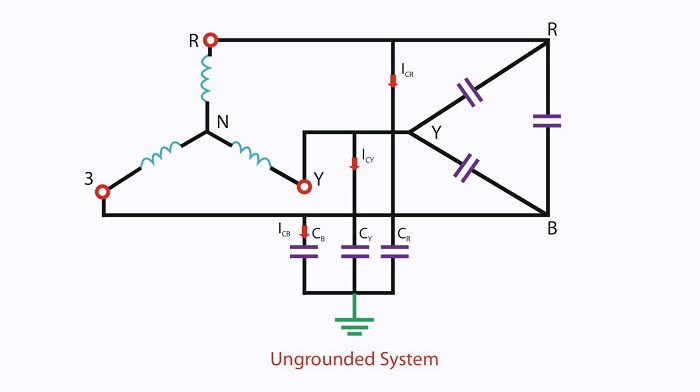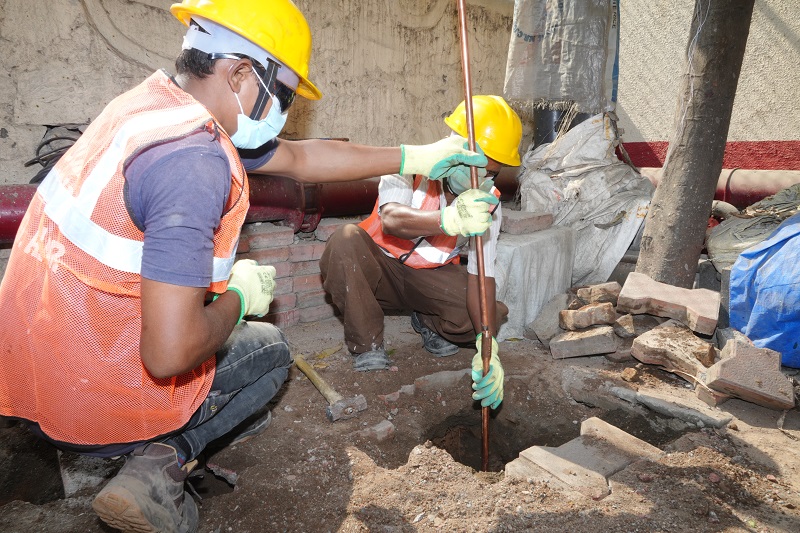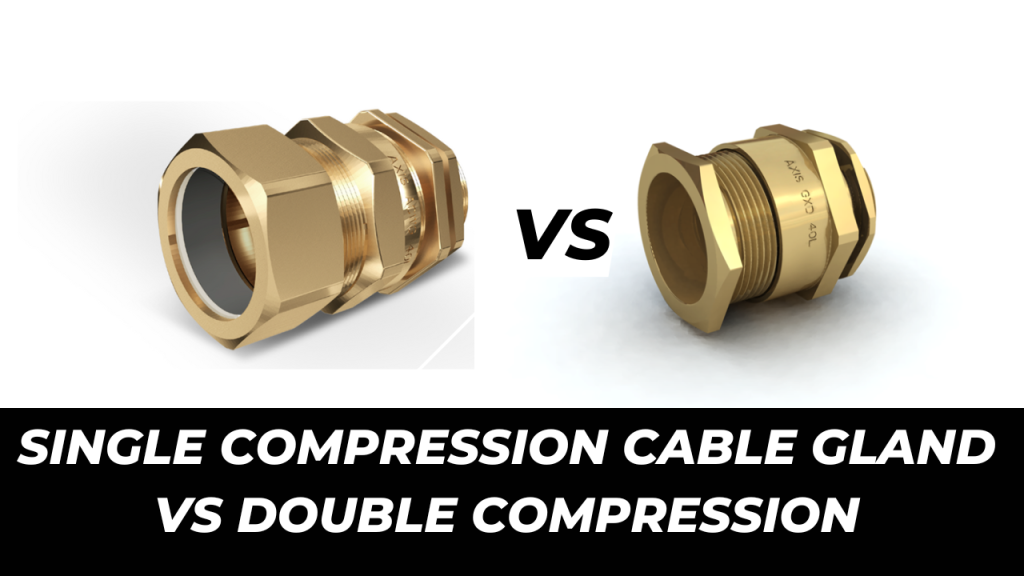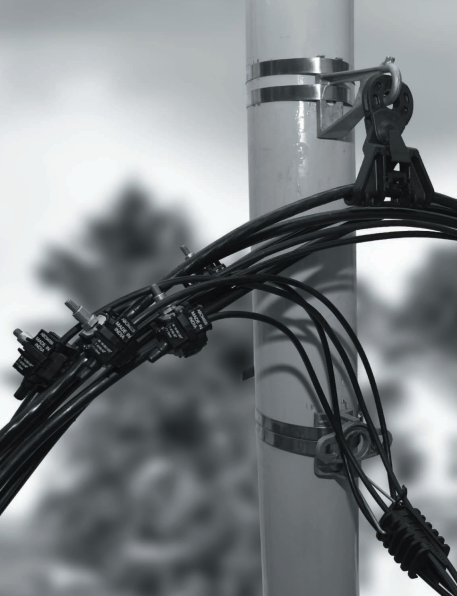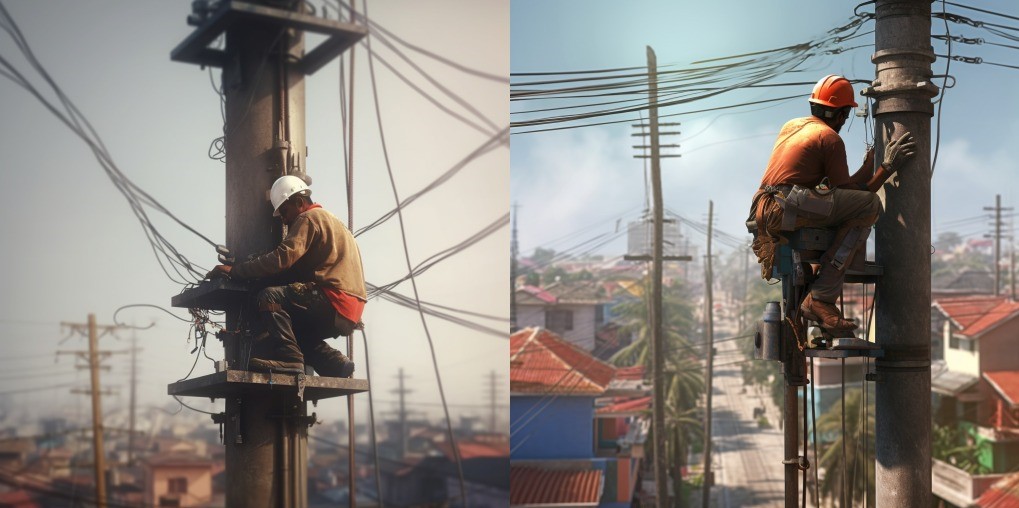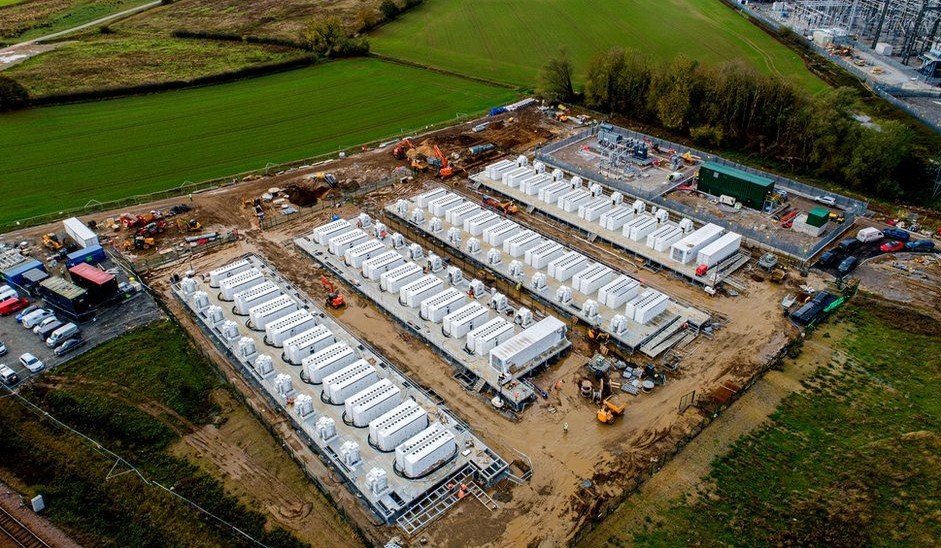Types of Copper Bonded Earth Rods
Do you know what helps maintain the safety of you and your electrical appliances from fault current? A metal rod called Earth Rod. These Copper Rods establish quality earthing systems in overhead, underground electricity distribution and transmission networks. They provide ground contact in all soil conditions like high voltage substations, …


